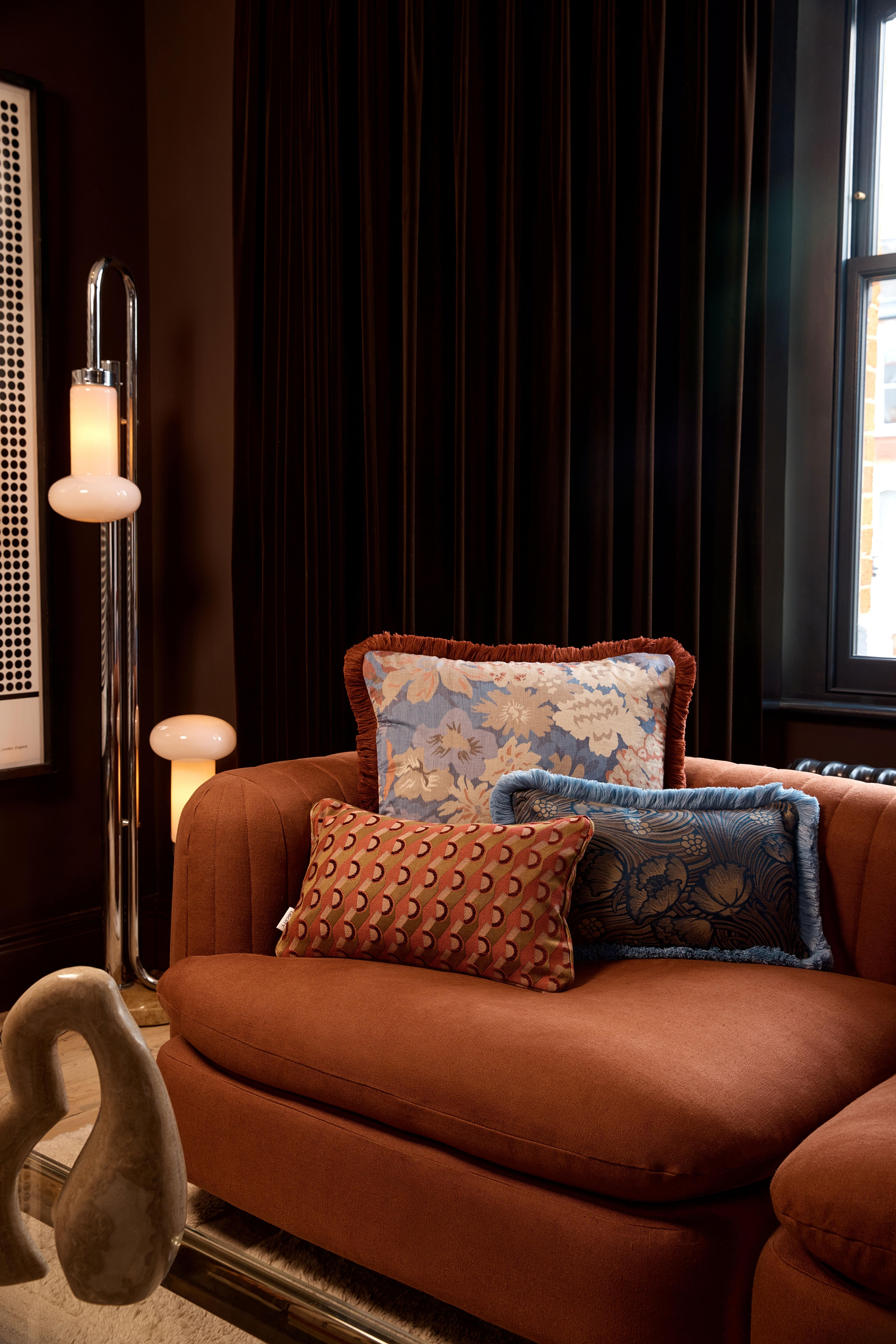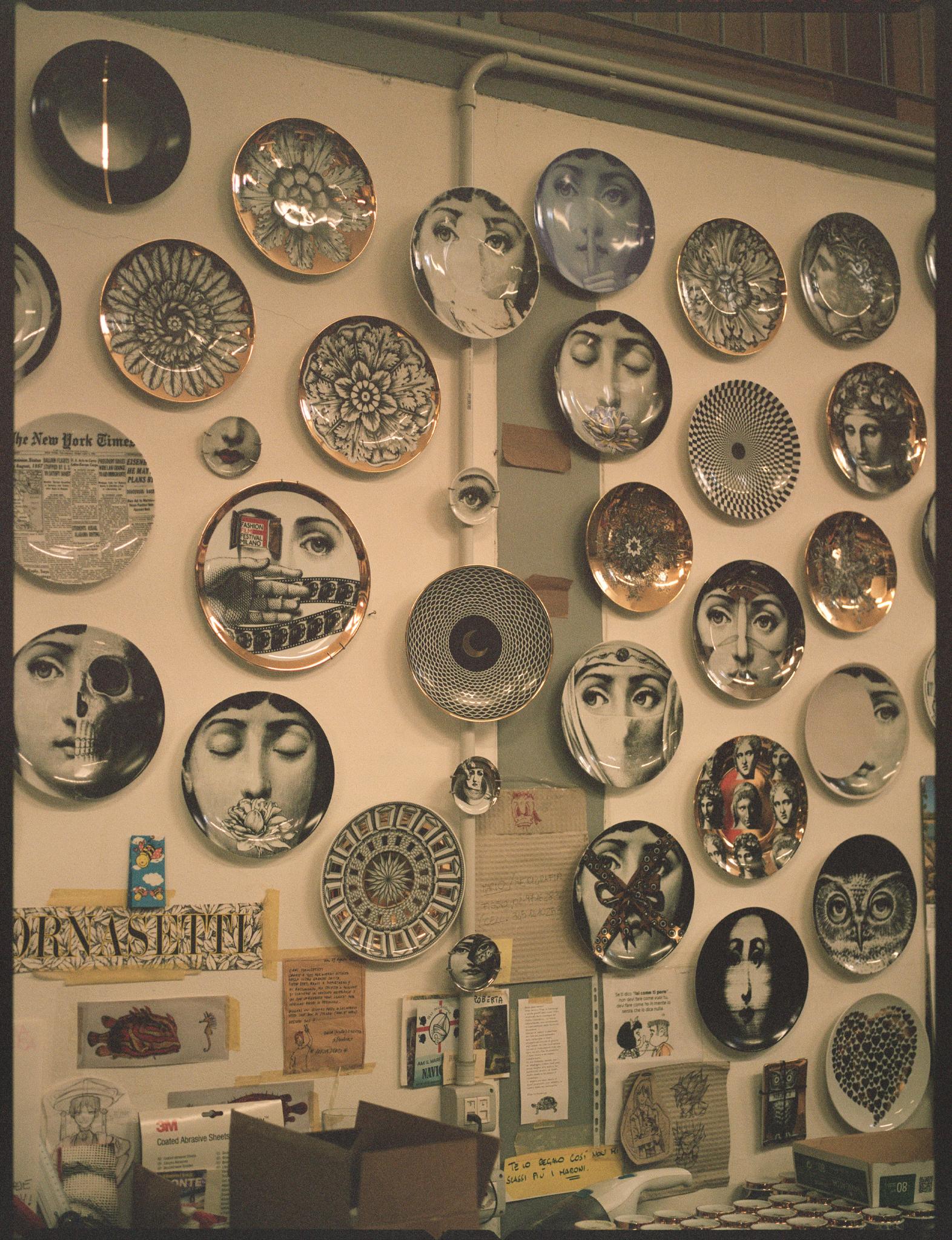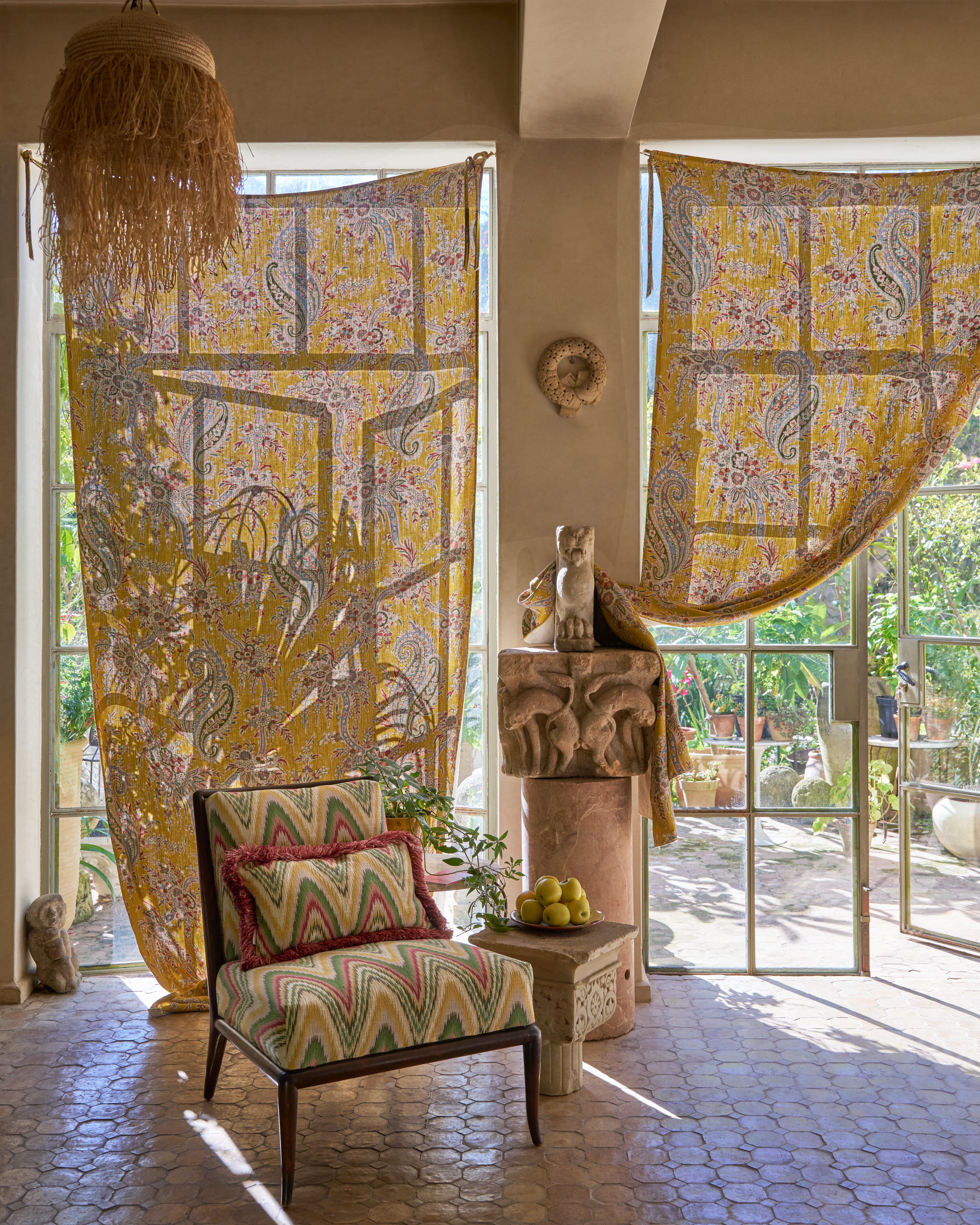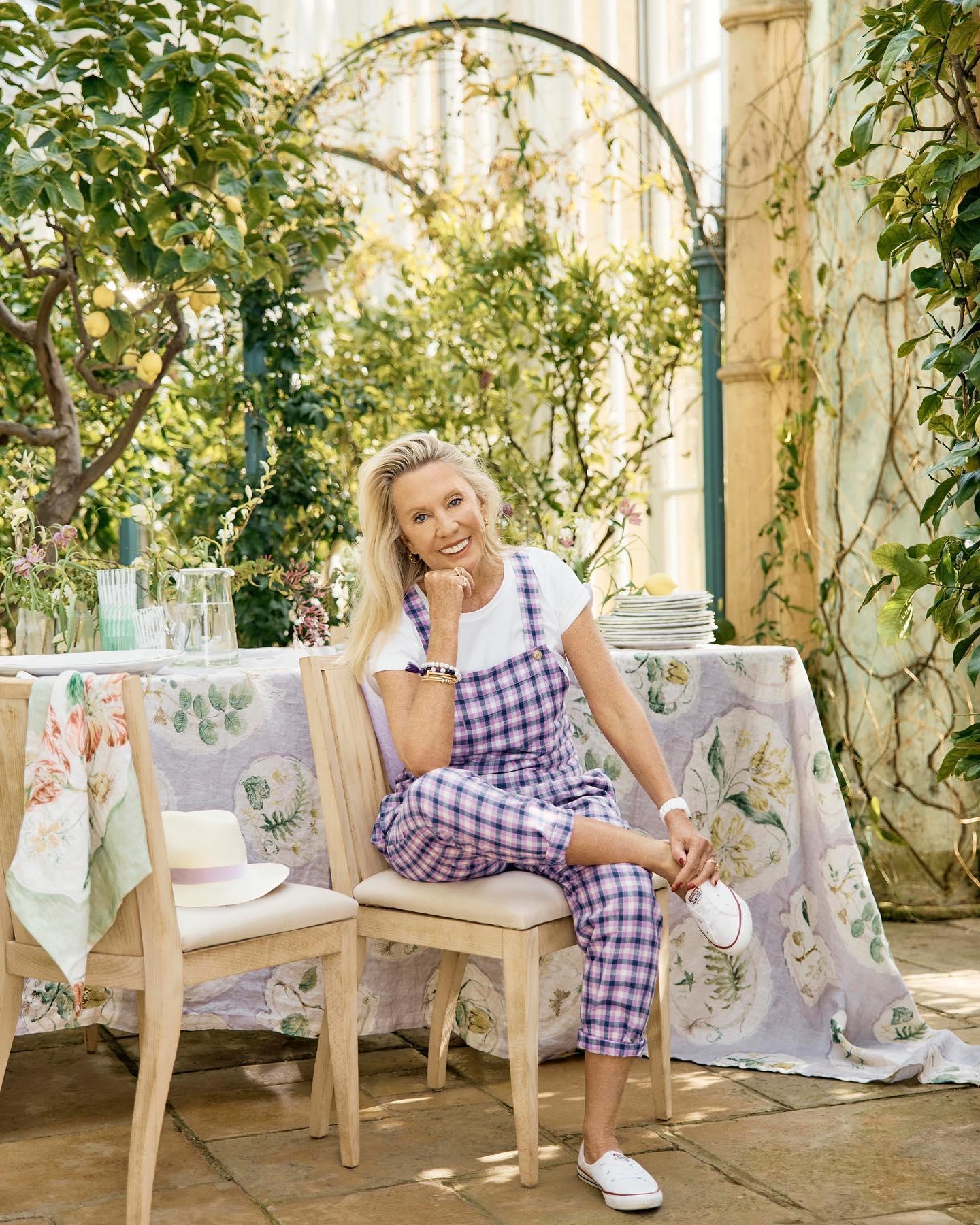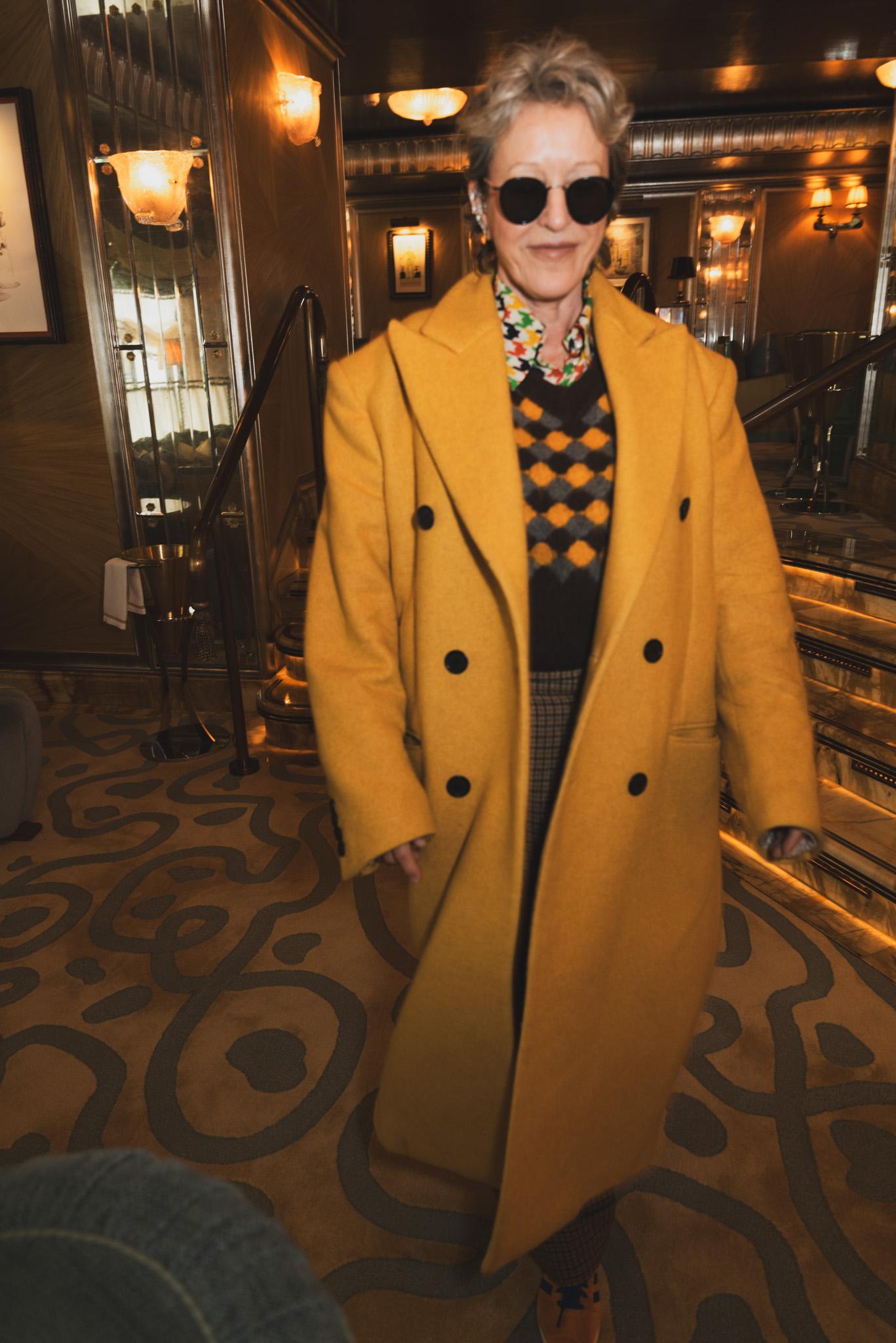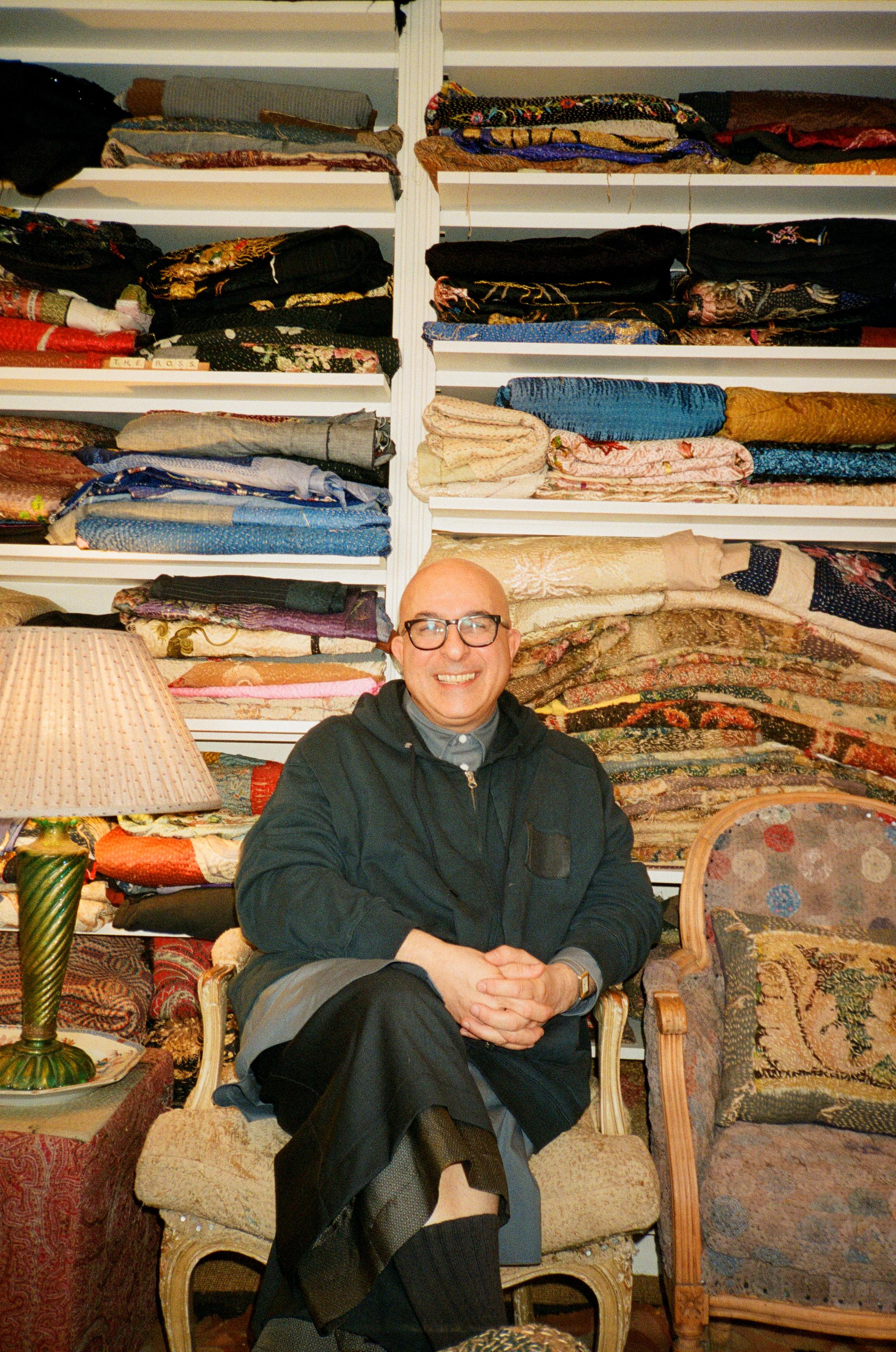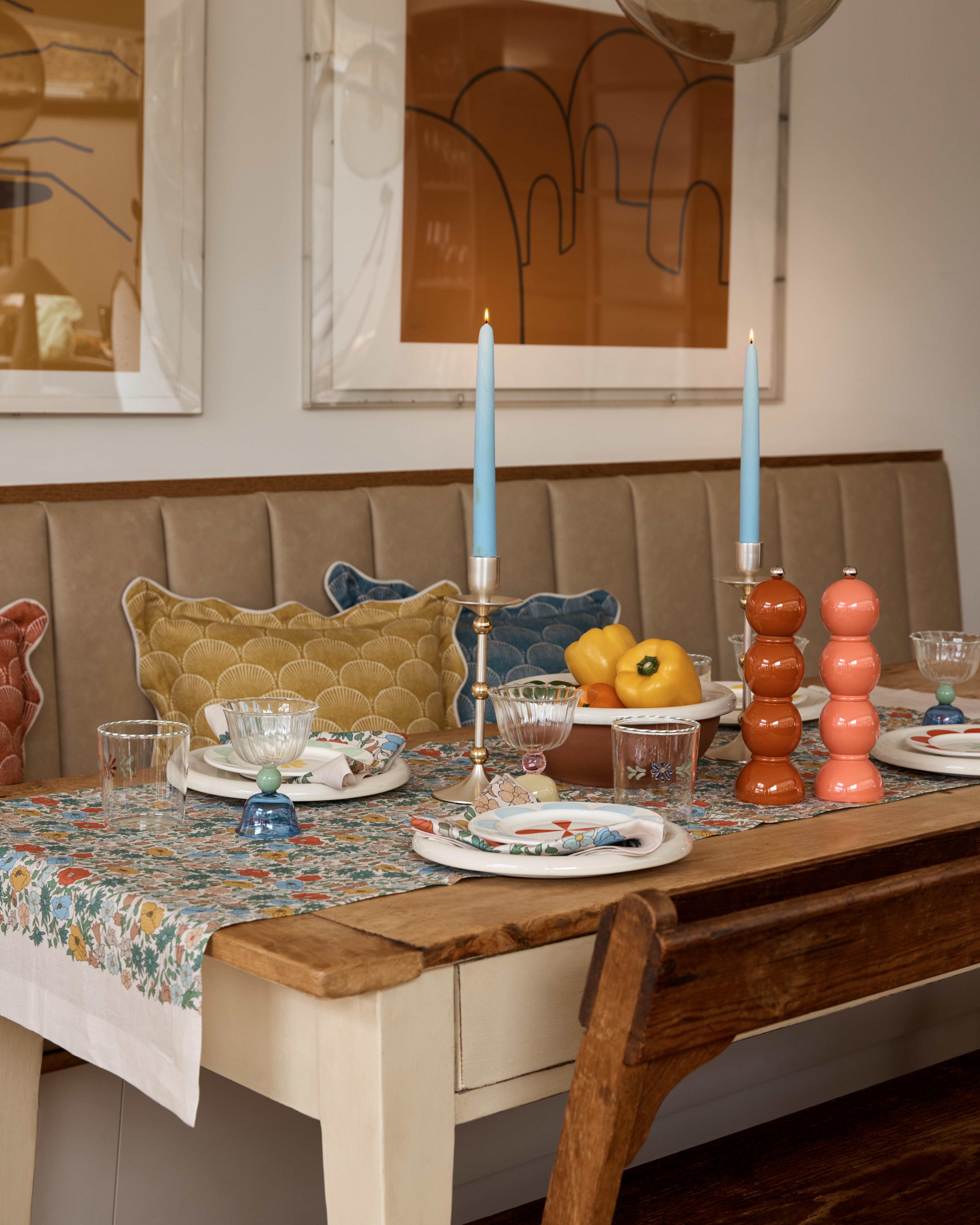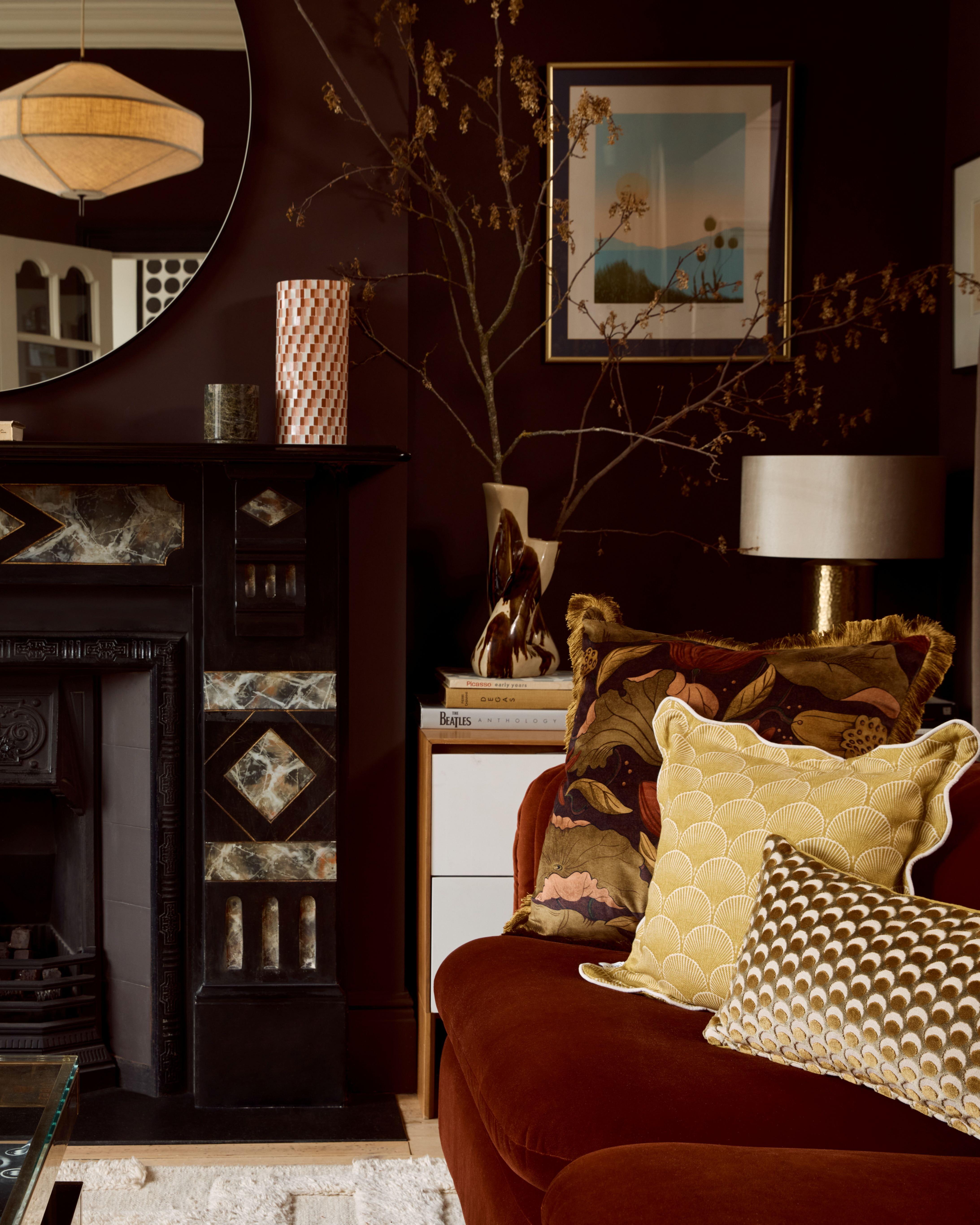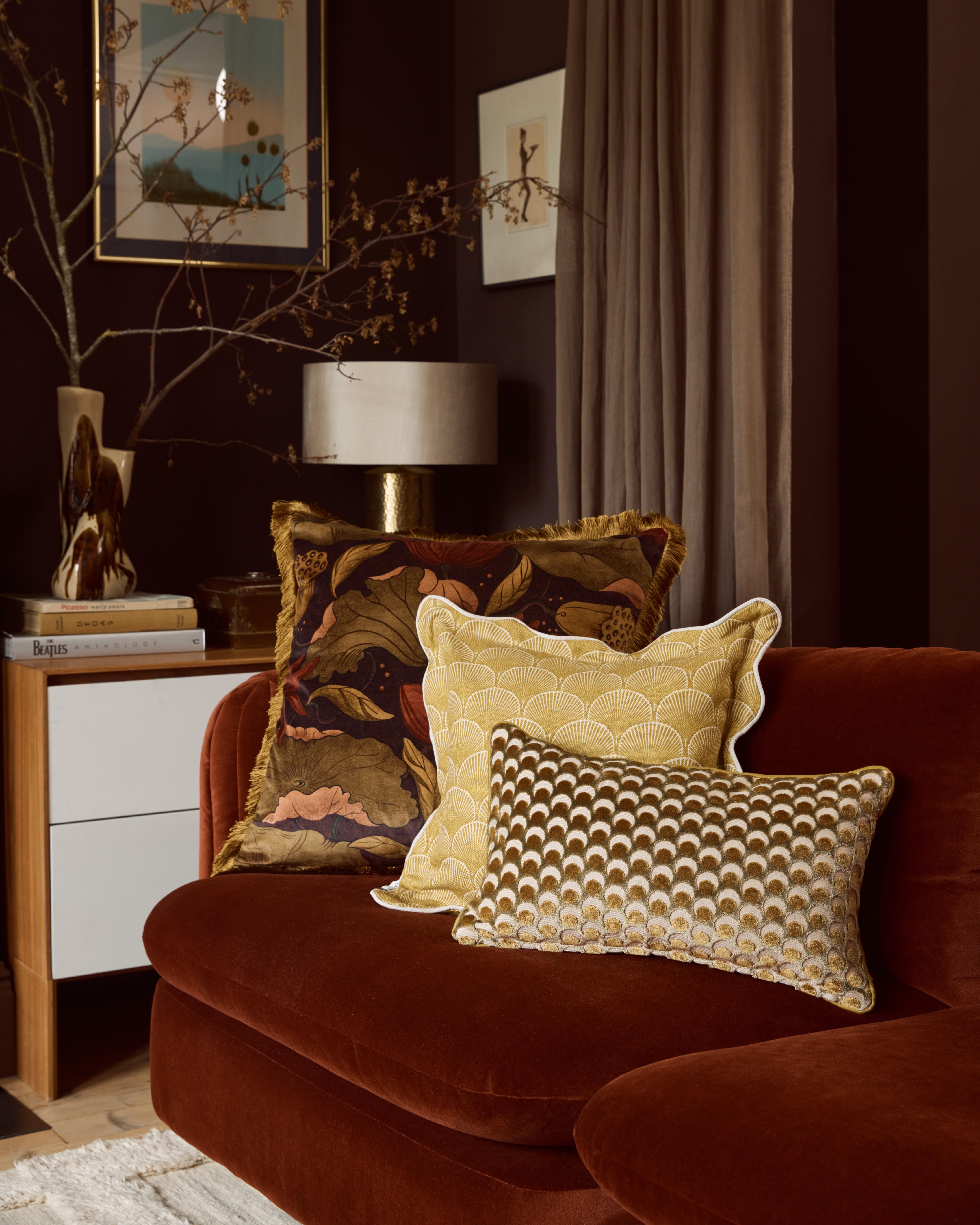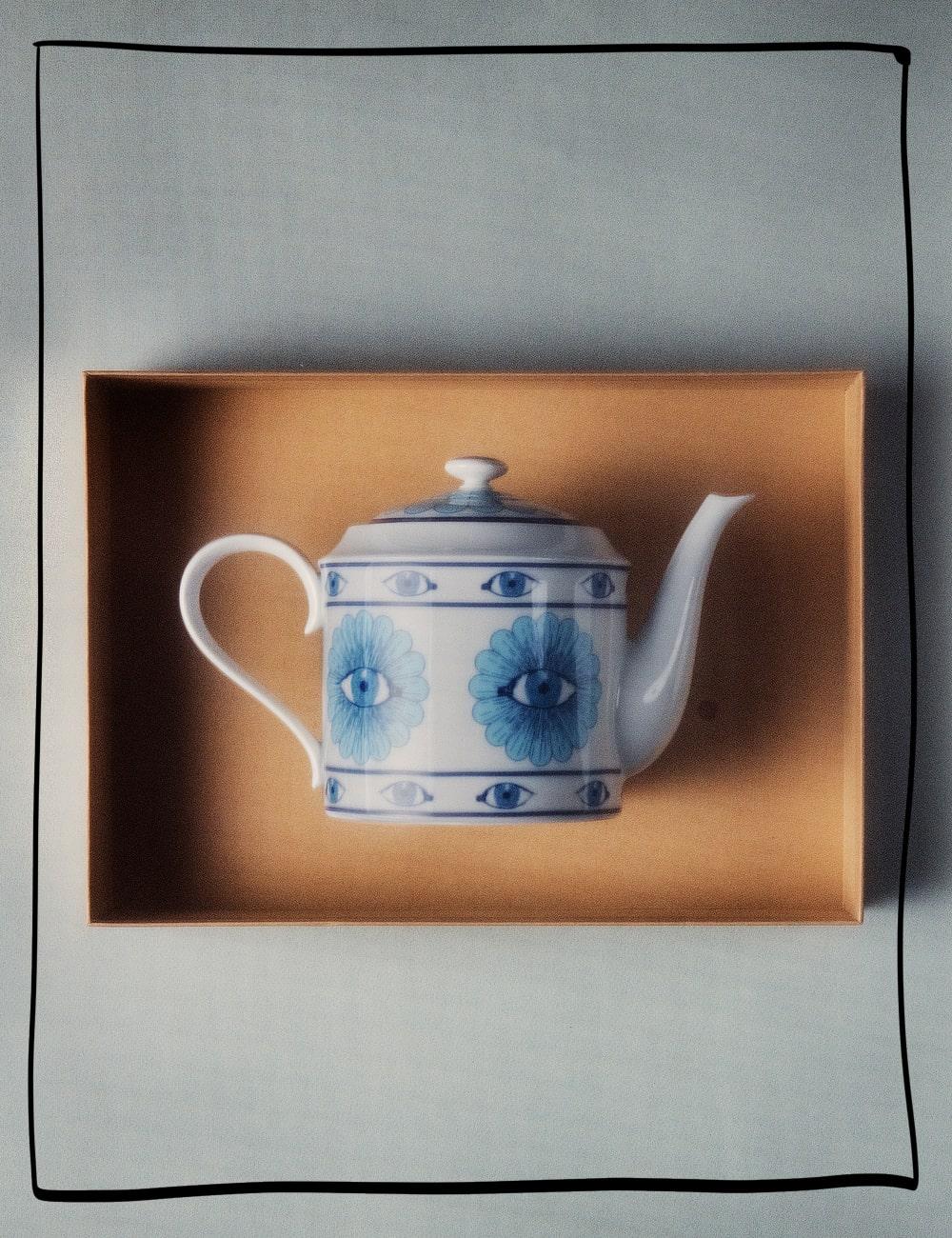Jonathan Anderson
Creative director of LOEWE and head of his own label, Jonathan Anderson has tapped new artistic territory to create a home fragrance collection with raw, organic scent and craft at its core
Read more
Jonathan Anderson
Creative director of LOEWE and head of his own label, Jonathan Anderson has tapped new artistic territory to create a home fragrance collection with raw, organic scent and craft at its core
Shop Loewe Home ScentsSince joining LOEWE as Creative Director in 2013, Jonathan Anderson has proved himself both as an unfathomable designer and master fashion curator, using unerring instinct to carve a future for the luxury Spanish fashion house, all the while upholding its values of tradition and craft. “There’s no order to the way I bring things together,” he says of his process. “I like the idea that opposites attract, things that I’m curious about - it’s all about curiosity.”
Anderson’s curiosity is far-reaching, and his vested interest in the broader fields of art, architecture, history and culture mean his vast catalogue of references for both LOEWE and his own JW Anderson line – launched in 2008, just three years after his graduation from London College of Fashion – never fails to bring intrigue and surprise to each collection. It’s some feat, considering he designs two main womenswear and two main menswear runway collections for each name.
For his latest project with LOEWE, Anderson, who was recently named a trustee of London’s Victoria and Albert Museum, has tapped new territory – that of home fragrance. “When I joined LOEWE I knew I wanted to make candles,” Anderson says of the Home Scents collection, which has launched exclusively at Liberty. “All the scents are very personal to me. Things that remind me of my childhood and different journeys I have been on.”
As well as his own journeys, the Irish designer drew inspiration from meticulous recordings of plant life made by artists during the Age of Discovery; the period from the early 15th to the 17th century, in which European ships traveled the world searching for new trading routes, encountering people, species and lands that were previously unknown to them. After studying various artifacts including illustrations of exotic South American flora by Spanish explorer Mutis, and the work of Kazuma Ogawa, who pioneered photomechanical printing as a means to document the flowers of Japan, Anderson envisaged the “earthly delights of a Victorian herb garden”, and called upon LOEWE’s in-house perfumer Nuria Cruelles to distill his vision into 11 scents: honeysuckle, beetroot, juniper berry, tomato leaf, coriander, liquorice, scent of marijuana, luscious pea, oregano, cypress balls and ivy. “I wanted something holistic; raw fragrances,” he notes. “The smell of tomato leaf always reminds me of being in a greenhouse, it reminds me of fresh organic matter.”
Liberty was the first place to distribute my own brand. It’s the most important Arts and Crafts building that there is.
Anderson’s imagination and unflinching eye for detail are apparent in every element of the collection. “Everything has been crafted in some way,” he says. “The ceramic pots are based on a Greek mug that I bought several years ago in an auction - although it’s incredibly old, there’s modernity in it.” The result is striking ribbed terracotta vessels, which sit alongside a classic Louis XIV-era French flambeau-inspired candle base. For the packaging, Anderson collaborated with Swiss photographer Erwan Frotin. Known for his detailed photographs of the natural world, Frotin’s images of the range’s organic inspirations represent a modern interpretation of Kazuma Ogawa’s records.
For Anderson, such projects allow him to enjoy a slower pace - albeit balanced with the frenetic world of fashion curation. Under his direction, LOEWE has participated annually at Salone del Mobile since 2015, showcasing collections that have included ceramics-inspired leather bowls, furniture and highly original homewares. “What’s amazing about Salone is that it’s an experimentation, it’s about slowing down and digesting design,” he says. “This project takes a year to make, which is different from what we do for a fashion show.”
It’s this ability to bring together the historical and contemporary, and to switch between fast and slow, that make Anderson such a driving force in the design industry; a respect of tradition, married with a desire to escape the ordinary to realise something new. It’s an ethos he shares with Liberty: “Liberty was the first place to distribute my own brand,” he notes of the connection. “It’s the most important Arts and Crafts building that there is. Some of the greatest designers have worked for Liberty.” Long may it continue.
